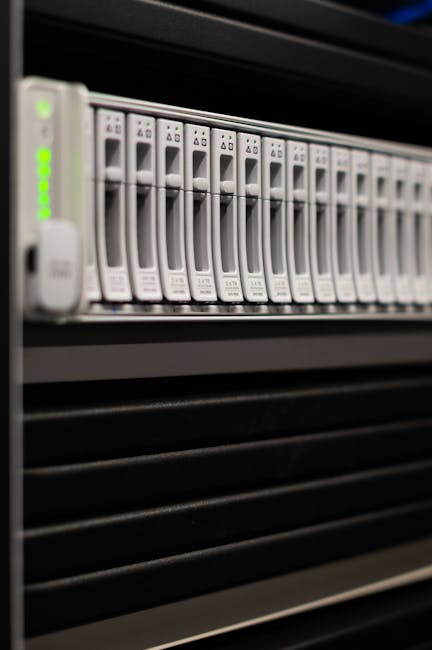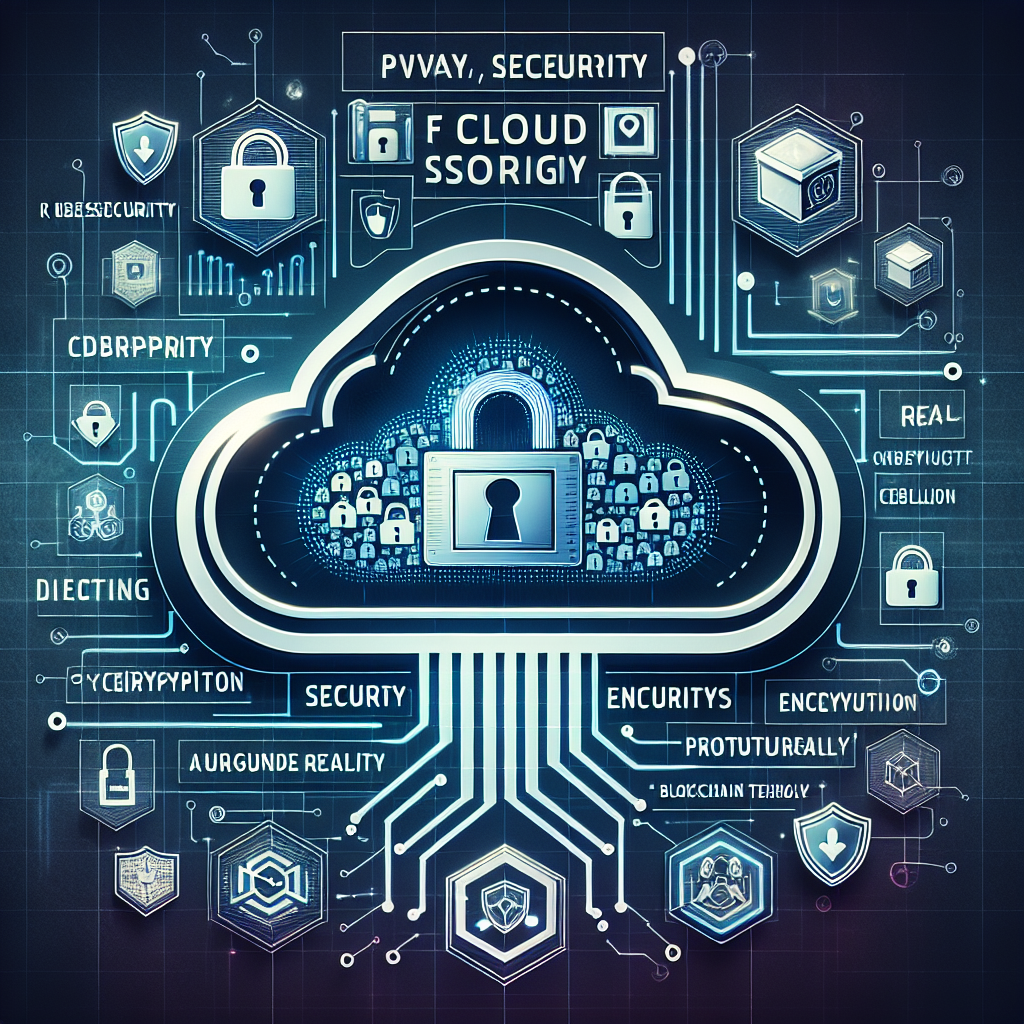Unlock encrypted content
Please enter your SSCE key to initiate on-the-fly decryption.
Decryption key: (Click cancel if you don't have the key)
Copied link to clipboard.
This feature is unavailable for free accounts. Upgrade now and enjoy all Premium benefits.
Go Premium!
This feature is unavailable for free accounts. Upgrade now and enjoy all Premium benefits.
Go Premium!
Please open this page in browser ( Google Chrome or Safari ) to use this feature.
Open In Browser
The Future of File Collaboration: Exploring Innovative Interfaces and Technologies for Modern Needs.
Random related video for this blog.
Copied share link to clipboard.
In an increasingly interconnected world, effective file collaboration is more important than ever.
Intuitive File Collaboration Interfaces
The concept of intuitive file collaboration interfaces has evolved significantly in recent years. These interfaces are designed to streamline the process of sharing and managing files, making it easier for users to collaborate on projects, whether in a corporate environment or within smart homes. One of the most notable advancements in this field is the integration of Brain-Computer Interface (BCI) technologies. BCIs allow users to interact with digital systems using their thoughts, potentially revolutionizing how we manage files and collaborate. Imagine a scenario where a project manager can upload a file simply by thinking about it. This futuristic capability, while still in the developmental stages, signifies a shift towards more natural and direct forms of interaction with technology. In practical terms, users could benefit from enhanced productivity as they eliminate the physical actions of clicking and typing. This could be particularly advantageous in environments where hands-free operation is crucial, such as in medical settings or during complex engineering projects. Moreover, with the rise of edge computing storage solutions, data can be processed and stored closer to the source of generation. This reduces latency and improves the speed of file access and collaboration. For instance, consider a smart home equipped with various IoT devices. These devices generate vast amounts of data, and having an edge computing framework allows for real-time file management and collaboration among household members. This not only enhances user experience but also ensures that data sovereignty is maintained, as sensitive information remains within the user's control.File Management and Archiving
Effective file management is critical for both personal and professional environments. As the volume of data generated continues to grow, organizations are increasingly turning to cloud-based file editing solutions. These platformsenable users to collaborate on documents in real time, ensuring that everyone is on the same page. However, the challenges of file archiving and data sovereignty must be addressed to create a seamless experience. File archiving is the process of moving files that are no longer actively used to a separate storage device for long-term retention. This is essential for compliance and regulatory requirements in many industries, particularly in healthcare and finance. The Internet of Medical Things (IoMT) is a prime example where data management is crucial. Medical devices generate sensitive data that must be stored securely and accessed quickly when needed. Utilizing cloud-based file editing tools can enhance collaboration among healthcare professionals, allowing them to share and edit patient records efficiently while maintaining the integrity of the data. Furthermore, as organizations adopt cloud solutions, they must prioritize data sovereignty. This concept refers to the idea that data is subject to the laws and regulations of the country in which it is collected. For example, European companies must comply with GDPR regulations when handling personal data. By selecting file management solutions that adhere to local laws and offer robust security measures, organizations can ensure that they remain compliant while leveraging the benefits of modern technology.
Smart Homes and the Internet of Medical Things
Smart homes represent a significant shift in how we interact with our living spaces. With the proliferation of connected devices, the need for efficient file collaboration and management has never been greater. Home automation systems often rely on cloud-based solutions to control various devices, such as lighting, security cameras, and climate control. This integration allows for seamless communication between devices and enhances the overall user experience. In smart homes, file management can extend to user-generated content, such as photos and videos captured by smart cameras. For instance, families can use free file upload services to store and share memories without worrying about storage limitations. FileLu offers a user-friendly platform for this purpose, allowing users to upload files effortlessly and access them from any device. Additionally, the capability to upload videos and photos directly from smart devices ensures that cherished moments are never lost. The Internet of Medical Things (IoMT) further illustrates the importance of smart technologies in file management. Connected medical devices can monitor patients' health data in real time and upload this information to secure cloud storage. Healthcare providers can then access and analyze this data to make informed decisions about patient care. This collaboration not only improves patient outcomes but also streamlines administrative processes within healthcare facilities.Cloud-Based File Editing and Data Security
Cloud-based file editing has transformed the way teams collaborate on projects. With these platforms, multiple users can work on the same document simultaneously, regardless of their physical location. This capability is particularly valuable in today's remote work environment, where teams are dispersed across different geographical locations. Cloud-based solutions also offer the advantage of automatic updates and version control, ensuring that everyone has access to the latest information. However, with the convenience of cloud-based file editing comes the responsibility of ensuring data security. Organizations must implement robust security measures to protect sensitive information from unauthorized access. FileLu, for instance, prioritizes data integrity and privacy, offering SSL-encrypted transfers and the option for Secure-Solo-Cipher Encryption (SSCE). This added layer of security is crucial for businesses that handle confidential information, such as legal documents or financial records. Moreover, as cyber threats continue to evolve, organizations must stay informed about the latest security trends and best practices. Regularly updating software, conducting vulnerability assessments, and training employees on data security protocols are essential steps in safeguarding sensitive information. By fostering a culture of security awareness, organizations can mitigate risks and protect their data assets.Case Studies and Practical Insights
To illustrate the impact of innovative file collaboration and management solutions, let’s examine a few case studies that highlight their effectiveness in real-world scenarios. One notable example is a healthcare facility that implemented an IoMT system to monitor patients' vital signs remotely. By utilizing cloud-based file editing tools, healthcare providers could collaborate on patient records in real time, improving communication and care coordination. In this case, the facility adopted FileLu's secure cloud storage to manage patient data efficiently. The ability to upload files and share them with authorized personnel ensured that critical information was readily available when needed. Additionally, the facility utilized edge computing storage to reduce latency, allowing healthcare providers to access patient data instantly. This integration of technology not only enhanced patient outcomes but also streamlined administrative processes, resulting in significant cost savings. Another example can be found in the education sector, where a university implemented a cloud-based file collaboration system for its faculty and students. By adopting a platform that supports real-time editing and sharing, the university fostered a collaborative learning environment. Students could work together on group projects, while faculty members could provide feedback and guidance without the constraints of physical meetings. The university also prioritized data sovereignty by ensuring that all student records were stored within the country, adhering to local regulations. This commitment to compliance not only protected the institution's reputation but also instilled confidence in students and their families regarding the security of their personal information.Conclusion
In conclusion, the future of file collaboration and management is being shaped by innovative technologies and intuitive interfaces. As we continue to embrace advancements such as Brain-Computer Interfaces, edge computing, and cloud-based solutions, the way we manage and share files will become increasingly efficient and secure. Organizations and individuals alike must prioritize data sovereignty and security to navigate the complexities of the digital landscape responsibly. In this rapidly changing environment, embracing these technologies will not only enhance productivity but also foster collaboration across various sectors. By leveraging platforms like FileLu, users can ensure that their files are managed securely, allowing them to focus on what truly matters—achieving their goals and driving innovation.Frequently Asked Questions (FAQs)
Question: What are the benefits of using cloud-based file editing? Answer:
Cloud-based file editing allows multiple users to collaborate in real time, ensuring everyone has the latest information and improving productivity.
Question: How can I ensure data sovereignty when using cloud storage? Answer:
Select cloud storage providers that comply with local laws and regulations regarding data storage and access.
Question: What is the Internet of Medical Things (IoMT)? Answer:
The IoMT refers to the interconnected network of medical devices and applications that collect and transmit health data.
By Amelia Isabella
Email: [email protected]
Related
The Future of File Sharing: Autonomous Vehicles, Neurotechnology, and Cloud...
June 6, 2023
Read More
The Future is Now: Exploring the Cutting-Edge Technologies Transforming Our...
June 7, 2023
Read More
The Future of File Management: Embracing Multi-Factor Authentication and Cloud...
June 7, 2023
Read More
The Future of Technology: Automation, Genetic Engineering, and Cloud Storage.
June 7, 2023
Read More
The Future of Data Management: Biotechnology, Real-Time Monitoring, and Streamlined...
June 7, 2023
Read More
The Future of Technology: Biotechnology, Data Redundancy, and Futuristic Transportation.
June 7, 2023
Read More
The Future of Cloud Storage: Cybersecurity Solutions and Nanotechnology Data...
June 7, 2023
Read More
Effortless File Organization and Reliable Data Accessibility with FileLu.com.
June 7, 2023
Read More
Scalable Cloud Storage with Quantum Encryption and Multi-Factor Authentication.
June 7, 2023
Read More
Popular
The Future of Technology: Exploring Biohacking, Space Tourism, and Digital...
November 23, 2025
Read More
Exploring the Benefits of Cloud Storage and Innovative Technologies in...
November 26, 2025
Read More
The Future of Digital Transformation: Exploring Smart Homes, Efficient File...
November 30, 2025
Read More
Latest
The Future of Digital Transformation: Exploring Smart Homes, Efficient File...
November 30, 2025
Read More
Exploring the Benefits of Cloud Storage and Innovative Technologies in...
November 26, 2025
Read More
The Future of Technology: Exploring Biohacking, Space Tourism, and Digital...
November 23, 2025
Read More
The Future of File Sharing: Streamlined Workflows for Photographers and...
November 19, 2025
Read More
Exploring the Intersection of Technology: From Cybersecurity to Augmented Reality...
November 16, 2025
Read More
The Future of File Management: Embracing Edge Computing and Efficient...
November 12, 2025
Read More
The Future of File Sharing: Exploring User-Friendly Solutions and Data...
November 5, 2025
Read More
The Future of Cloud Storage: How FileLu Empowers Creative Professionals...
November 2, 2025
Read More
The Future of Autonomous Technologies: Innovations in Robotics, File Sharing,...
October 29, 2025
Read More
Emerging Technologies Revolutionizing File Management: From Li-Fi to Robust Collaboration...
October 26, 2025
Read More
Emerging Technologies: Exploring the Impact of File Access Auditing, Genetic...
October 19, 2025
Read More
The Future of Data Storage: Exploring Advanced Encryption, Mobile Integration,...
October 5, 2025
Read More
Exploring the Future of Data Management: Security, Efficiency, and Cognitive...
September 28, 2025
Read More
Revolutionizing Data Management: Innovations in Storage, Security, and Sustainable Technology.
September 24, 2025
Read More

















